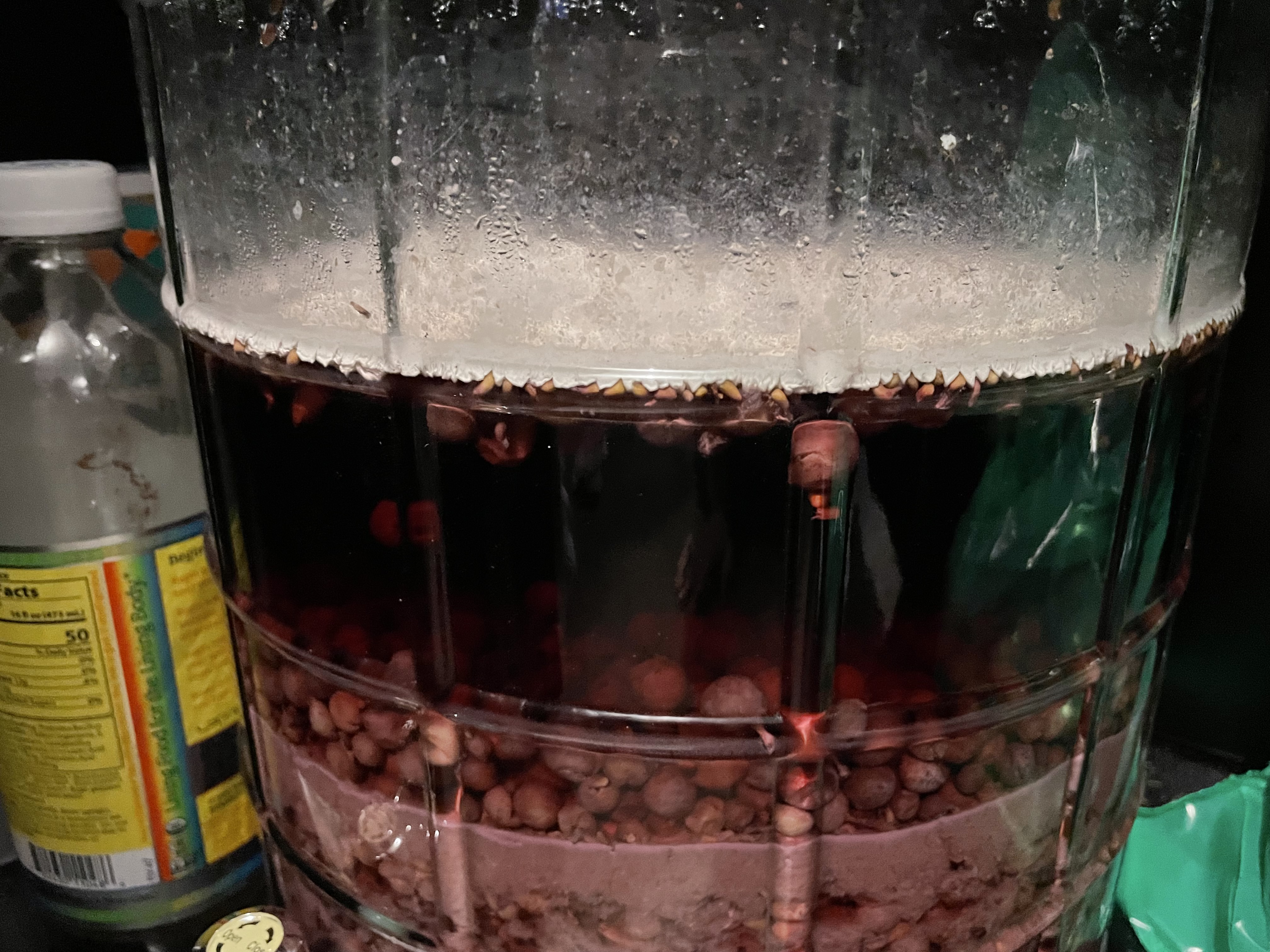Srimmey
Well-Known Member
I finally got out of the house and hung out with some friends last night who were very excited to show me their wine making experiment. When we opened up the cabinet we all got hit with a little surprise. A white film/cap has formed over the top of the must.
Nothing was done right with this but who knows, might still turn out ok. They were super excited about it because they grew their own grapes, smashed em down and everything. Vine to wine sort of fun.
Anyways, they are bringing it over today. We are going to rerack it off the gunk, get a gravity reading on it and try to restart fermentation. I smelled it last night and it still smells like lightly fermented grapes, no real off flavors on the nose… yet

Nothing was done right with this but who knows, might still turn out ok. They were super excited about it because they grew their own grapes, smashed em down and everything. Vine to wine sort of fun.
Anyways, they are bringing it over today. We are going to rerack it off the gunk, get a gravity reading on it and try to restart fermentation. I smelled it last night and it still smells like lightly fermented grapes, no real off flavors on the nose… yet



